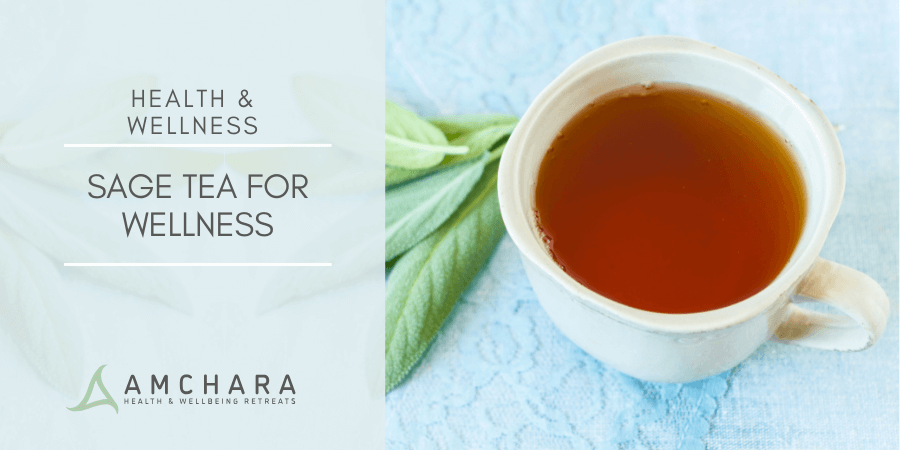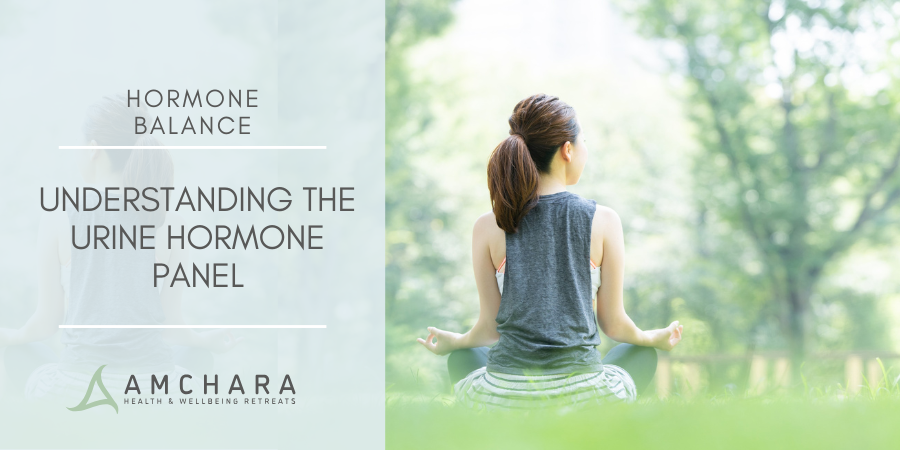Sage tea is a herb with a surprisingly rich health story. In personalised, functional medicine terms sage is an accessible tool: gentle, low-cost, and useful as part of a tailored plan for symptoms such as hot flushes, sleep disturbance, low mood and brain fog.
We always take an evidence-based approach, orientated towards a holistic and Personalised Health approach, and aim to provide you with actionable knowledge and tips to help you on your journey to optimal health.
Let’s explore how sage has been used traditionally, what modern research says – especially for menopausal symptoms and cognition – and how you might thoughtfully add a cup of sage tea into your daily wellness routine.
Traditional use of sage
Sage has long been used in European and Mediterranean folk and traditional medicine for sweating, digestive complaints, sore throats and memory support.
Its Latin name – Salvia officinalis – means ‘the healing herb of the apothecary”; in medieval times plants with the officinalis epithet were recognised as having beneficial therapeutic value.
Traditional herbalists have prized sage as a tonic for the nervous system and for calming excessive sweating – especially helpful for management of menopausal hot flushes and night sweats.
What the clinical evidence says
Why sage tea can fit into your Personalised Health plan
Sage tea can be a low-burden, easy-to-trial intervention for many of our clients at Amchara, alongside dietary, sleep, movement and stress management strategies.
Some reasons to consider sage tea include:
How to use sage tea safely and effectively
- Forms: Most research uses standardised extracts rather than kitchen tea, but a well-made sage infusion (1–2 g dried leaf per cup steeped for 5–10 minutes) is a good everyday option. Or you could discuss standardised tablet or extract forms with your practitioner.
- Dose & duration: Clinical trials for menopausal symptoms often used extracts taken daily over periods such as 4-12 weeks – it seems the benefit is frequently reported within the first month. When using tea as opposed to extracts, expect a gentler effect and allow 4-8 weeks to assess change.
- Safety: Sage leaf tea is generally well tolerated in culinary amounts. Caution is advised with concentrated essential oils and with very high supplemental doses. This is because some sage species contain thujone, which can be neurotoxic in excess. If you are pregnant, breastfeeding, taking anticonvulsant medications, or have hormone-sensitive conditions, check with your healthcare provider before starting to take sage extracts.
Sage and menopausal symptoms – how it might help
Sage appears to modulate the nervous and thermoregulatory systems involved in hot flushes, likely through a combination of central nervous system effects, mild oestrogen-like receptor modulation in some preparations, and anti-inflammatory and antioxidant activity.
These effects can result in fewer episodes of flushing, reduced night sweats, and improved sleep and mood.
Takeaway
Sage tea sits well within a personalised, functional-medicine toolkit. For people experiencing menopausal hot flushes, low-grade sleep issues, or wanting short-term cognitive lift, the clinical evidence is encouraging, and backed by multiple controlled trials.
As ever, the best outcomes come from combining gentle, evidence-based remedies like sage with foundational changes such as better sleep, stress resilience, balanced nutrition and movement that suits your individual health status, and your health goals.
If you would like support on your journey to optimise your health, our retreats are designed to help you detoxify both physically and mentally.
On an Amchara health retreat you will be immersed in a supportive and nurturing environment that enables you to switch off, relax and kickstart your health journey.
Tailored advice from our Personalised Health practitioners will take into account your individual health circumstances and goals, and our physical activities and educational talks can empower you to ‘Change for Good’.




